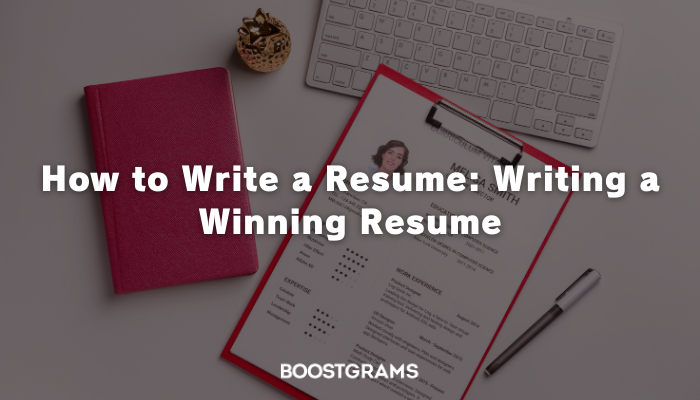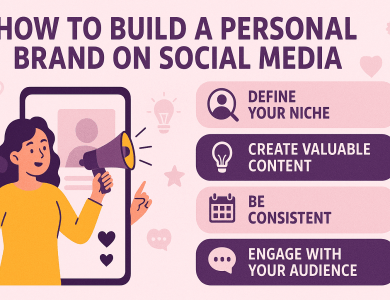How to Write a Resume: Writing a Winning Resume

A resume is your first chance to make a lasting impression on potential employers. It’s not just a piece of paper; it’s your personal marketing tool that showcases your skills, experience, and achievements. But how do you create a resume that stands out in a sea of applications? Let’s break it down step-by-step to help you write a winning resume.
Contents
1. Understand the Purpose of a Resume
Before diving into the details, it’s crucial to understand what a resume is meant to do. A resume is not a comprehensive list of everything you’ve ever done; it’s a strategic document designed to highlight your most relevant experiences and skills for a specific job.
Think of your resume as a sales pitch. You’re not just listing facts; you’re telling a story about why you’re the best fit for the role.
2. Choose the Right Format
The structure of your resume is just as important as the content. There are three common formats:
| Format | When to Use |
|---|---|
| Chronological | Best if you have a solid work history with no significant gaps. |
| Functional | Ideal if you’re changing careers or have limited work experience, focusing on skills over jobs. |
| Combination | Useful if you want to balance skills and work experience. |
For most people, the chronological format is the go-to option, as it’s the most widely accepted and easy to read.
3. Start with a Strong Header
The top of your resume should include:
- Your full name
- Contact information (phone number, email address, LinkedIn profile)
- Optional: A personal website or portfolio link if relevant
For example:
Jane Doe
ja*****@***il.com | (123) 456-7890 | LinkedIn.com/in/janedoe
Make sure your email address is professional. If you’re still using something like co********@***il.com, it’s time to update it!
4. Write a Compelling Summary or Objective
The summary or objective section is your elevator pitch. Keep it short, snappy, and tailored to the job you’re applying for.
- Summary Example (for experienced professionals):
“Results-driven marketing professional with over 5 years of experience in digital campaigns, SEO, and content strategy. Proven track record of driving growth and increasing brand visibility.” - Objective Example (for entry-level candidates):
“Recent graduate with a degree in Computer Science seeking an entry-level software developer role to utilize my coding skills and passion for innovation.”
5. Showcase Your Work Experience
This is the core of your resume. Use bullet points to make your achievements clear and concise. Focus on results, not just responsibilities.
Example: Digital Marketing Specialist
XYZ Agency | June 2020 – Present
- Increased organic website traffic by 45% through strategic SEO initiatives.
- Developed and executed social media campaigns, resulting in a 30% engagement boost.
- Analyzed data to optimize marketing strategies, improving ROI by 25%.
Pro Tips:
- Use action verbs like managed, created, improved, implemented.
- Quantify your achievements whenever possible (e.g., increased sales by 20%).
- Keep it relevant to the job you’re applying for.
6. Highlight Your Skills
Create a dedicated skills section that aligns with the job requirements. This could include both hard and soft skills.
Example: Key Skills:
- Project Management
- Advanced Excel and Data Analysis
- Adobe Creative Suite (Photoshop, Illustrator)
- Strong Communication and Team Collaboration
If you’re in a tech field, consider adding a separate section for technical skills, such as programming languages or software proficiencies.
7. Include Your Education
Your education section is essential, especially if you’re a recent graduate. List your degree, school, and graduation date. If you have a high GPA or relevant coursework, feel free to include it.
Example: Bachelor of Science in Computer Science
University of Technology | Graduated: May 2022
- Relevant Coursework: Data Structures, Machine Learning, Web Development
- GPA: 3.8/4.0
8. Add Additional Sections
To make your resume stand out, consider adding sections like:
- Certifications: Relevant professional certifications, such as Google Analytics or PMP.
- Volunteer Experience: Highlights your commitment and soft skills.
- Languages: Mention any additional languages you speak fluently.
- Hobbies: Only if they are unique and relevant to the job.
9. Format It Professionally
Your resume should be visually appealing but not over-the-top. Follow these tips:
- Use a clean, professional font like Arial, Calibri, or Times New Roman.
- Keep font size between 10–12 points.
- Use consistent spacing and alignment.
- Save your resume as a PDF to preserve formatting.








